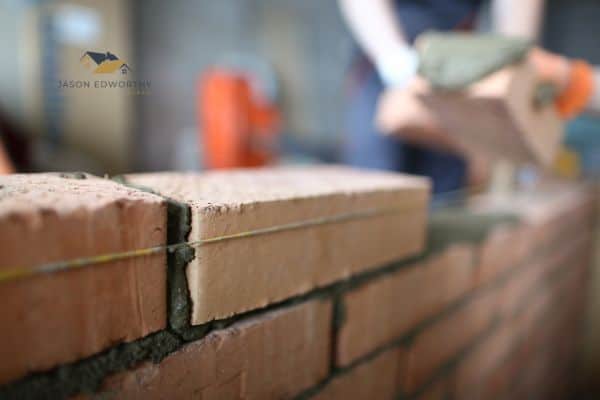
Planning building work near a retaining wall? You’ll want to read this before picking up a shovel.
Whether it's you or your neighbour eyeing up a landscaping project, **Retaining walls in Maidenhead** come with serious legal responsibilities and consequences if handled incorrectly. Failing to issue the right notices or get expert advice can cause delays, damage, and worst of all… strained neighbourly relations.
Why Do Retaining Walls Matter?
Retaining walls aren't your run-of-the-mill garden structures. They don’t just hold soil—they hold peace between properties. Their strength must exceed that of standard boundary walls because they're designed to support the lateral pressure of soil and land. That higher engineering spec? It also means higher costs and greater liability. Understanding the Party Wall Act and Retaining Wall Construction is essential for anyone planning a retaining wall near a property boundary, as it provides crucial guidelines for managing responsibilities and disputes between neighboring properties.
What Do They Actually Do?
Functionally, retaining walls are the invisible heroes keeping elevated ground in place. But more than that, they create usable space, enhance aesthetics, and when done right, add real value to a property.
Do I Need Permission to Build Near One?
Yes, and here’s where it gets tricky. Under the Party Wall etc. Act 1996, if your building work impacts a shared or adjoining wall, or causes damage to a neighbour’s property, you're liable financially and legally. If you’re not 100% sure where you stand, don’t guess. Call our surveyors today for clarity and peace of mind.
Legal Position: Where Do You Stand as a Homeowner?
There are two common scenarios:
-
If your wall supports your neighbour’s higher ground, you likely owe them a legal duty even if it’s not spelled out in the deed.
-
If your wall holds your own land in place, you must maintain it to prevent your land from collapsing onto theirs.
Who Pays When Things Go Wrong?
Ownership disputes typically arise when a retaining wall deteriorates. And like a game of hot potato, no one wants to catch the repair bill. If the deeds aren’t specific, the situation often ends in a boundary dispute.
When Should You Involve a Surveyor?
If property deeds are vague or silent about who owns or is responsible for the wall, a professional boundary survey becomes essential. Surveyors analyse structural details, deed language, and property plans to determine who’s liable.
How the Party Wall Act Comes Into Play
The Party Wall Act can help—but only if your deeds are clear and maps precise. In reality, many plans are so general they only help you locate the wall within 100mm. Close but not close enough when you're facing a costly repair or a legal dispute.
Designing and Building Retaining Walls in Maidenhead
Thinking about building near or around a retaining wall? Make sure it’s done legally, safely, and beautifully. Retaining walls don’t have to be utilitarian. Done well, they can elevate your landscape literally and visually.
Creative Uses for Retaining Walls
Add a gentle curve to create visual interest. Use them to define garden zones or multi-level terraces. Lay out the curve with a garden hose, slice through the soil with a shovel, and watch your outdoor space transform. Just don’t forget the structural integrity beneath the style.
When Do You Need an Architect?
Small retaining walls under 4 feet? DIY-friendly. Anything taller? That’s architect territory. Large-scale walls must be structurally sound and comply with building codes.
Notify Your Neighbours
Yes, even if it’s "just a wall." If your wall exceeds four feet or is near a boundary, notify your neighbour and check your local council’s codes. This avoids nasty surprises and keeps everyone civil at the next garden party.
Go to Homepage
The Aesthetic Payoff
Retaining walls can be striking. They bring elegance, texture, and order to your outdoor space. Plus, they may increase property value and boost curb appeal. A well-built wall can quite literally elevate your landscape and your home’s market position.
What About Walls Built Right on the Property Line?
Sometimes, buildings are constructed directly against the boundary. In such cases, the structure including overhanging roofs or foundation footings belongs to the property it’s built on, but the airspace and soil beneath may still belong to the neighbour. It’s a delicate legal dance… don’t step on any toes.
